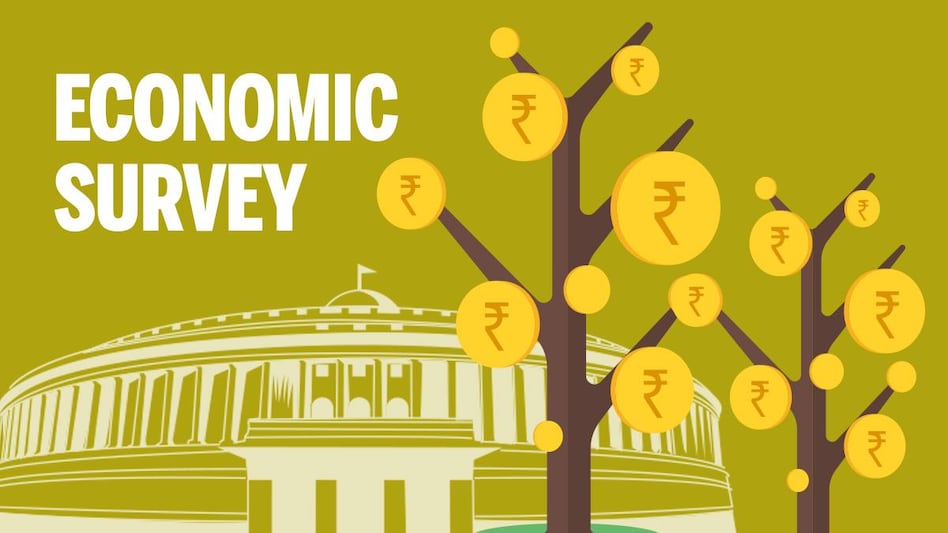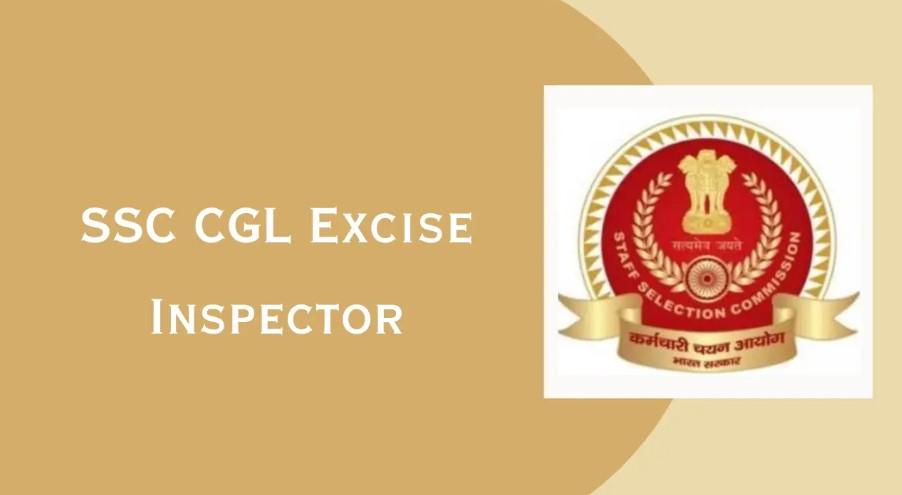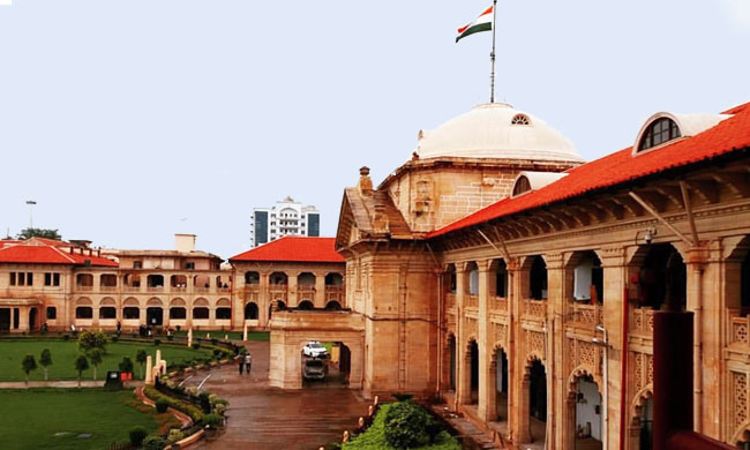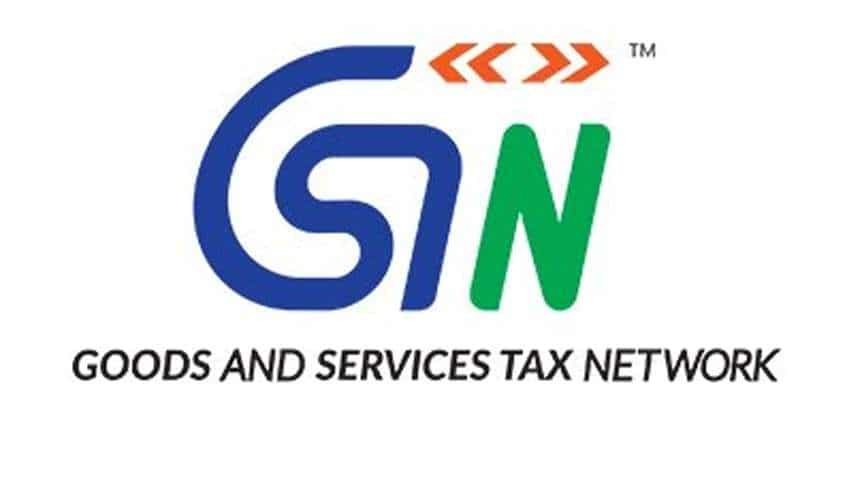
Introduction
Throughout the world indirect taxes are paid by the consumers. In production or manufacturing the government tax the manufacturer. These taxes are discharged by manufacturer on to the consumers. In India service tax is collected from the service recipient. Service providers need to report and pay them. This is how it used to operate before the amendment.
The Indian Service Tax has changed this practice for some situations. The service receiver will now pay taxes to the government. This change in tax law is called Reverse Charge Mechanism (RCM).
The Government introduced this to facilitate tax administration. This way they will reduce the number of assesses for collection of tax. This will also reduce tax evasion.
What is RCM?
RCM is similar to “tax deduction at source”. The RCM was levied on telecommunication, general insurance, goods transport and insurance support services. This was introduced from 01-01-2005.
Under Section 68(2) allows for any person is liable to pay tax other than service provider
Reverse Charge related provision are in Notification No. 30/2012-ST dated 20-6-2012.
The government later introduced one more category of Partial Reverse Charge or Joint Charge (PRCM/ JCM) from 01-07-2012. The RCM now has two categories. (A). Full Reverse Charge. (B) Partial/ Joint Reverse Charge. In (A) the service receiver will pay taxes. (B) Here service provider and receiver will pay at a fix percentage. Also, the liability of the service receiver is not reduced by absence of service tax.
The application of reverse charges depend upon the following factors.
1. Service Type
2. Service provider and receiver status.
3. Provision of service place
1. Service Type: Following specified services are applicable on Insurance services, Goods Transportation services, legal services, support services, mutual fund services, Arbitral services, sponsorship services and many other services in the same area.
2. Service Provider and Receiver Status: Services have been specified for RCM. The application of RCM to the service provider has to be specific. The status of service and the service provider has to be specific.
3. Provision of service (place): Services provided in taxable jurisdiction which are outside the taxable territory, all these services will be under reverse charge. These are also known as import of services. Under this all receiver will be covered under RCM.
Features of RCM/JCM
According to Section 66B of the Finance Act, 1994, tax at the rate of twelve per cent will be levied on services, other than services in the negative list.
While Section 68 of the Finance Act, 1994 has given the power to Central Government to list services on which service tax would be payable. This tax would be paid by the service recipient under (RCM) or (JCM).
No tax will be deducted at source (TDS) on the service tax paid under RCM by the service receiver.
The notification no. 30/2012-ST, dated 20.06.2012 issued by the Central Government. The notification has a list of various taxable services and also the percentage of tax to be levied on the service and paid by the person eligible to pay service tax on the service provided.
The exemption of Rs. 10 Lakh provided to small service provider is not available under reverse charges . Although this exemption is not applicable for service receivers for reverse charge mechanism. The service receiver is liable to pay service tax even if the service provider has not mentioned in the tax invoice.
Service receiver cannot use CENVAT credit to pay tax. The amount has to be paid in cash. Service receiver pay service tax when the payment is done by service provider. If the payment is not made in 6 months service tax is payable.
GAR-7 Challan will be used by Service receiver to pay their service tax. Service receiver registered as corporate body is applicable for reverse charge. Statutory and Sovereign activities are not to be taxed. Service tax will be levied on gross amount plus TDS.
Under no condition is the assesse responsible if service tax payment by the service provider is not done. Liability of service provider and service recipient is different from each other.
Point of taxation will be when payment is received by service provider. A major benefit of RCM and JCM is that government will get revenue from series provided by small service providers.
Before this the small service providers were enjoying the exemption for the services provided by them.
Although all this has led to more compliance on the part of service recipient business who were not paying any service tax.
Other services like hospital and educational institutions have also been considered to pay taxes for services they were not paying initially.
Conclusion
Indian government has been trying hard recently to get more taxes from the business entities. Many small services providers who were initially not eligible to pay taxes are now paying taxes. While many small service providers do not appreciate this move from the government. The government believe it is necessary to tax at least a minimum amount to all the business entities in order to increase its tax base.
Related Tags Servicetax













